This project for the South Australian Police Historical Society has taken years. Literally … years. We started in early 2020 when a certain virus was starting to get a bit concerning. After multiple covid-related pauses, personnel changes, relocations, and shipping delays, the screens are in! Designing museum kiosks takes a lot of thought, so here’s a little recap of what we did.
This project has been undertaken with initial funding by the History Trust of South Australia.
The brief
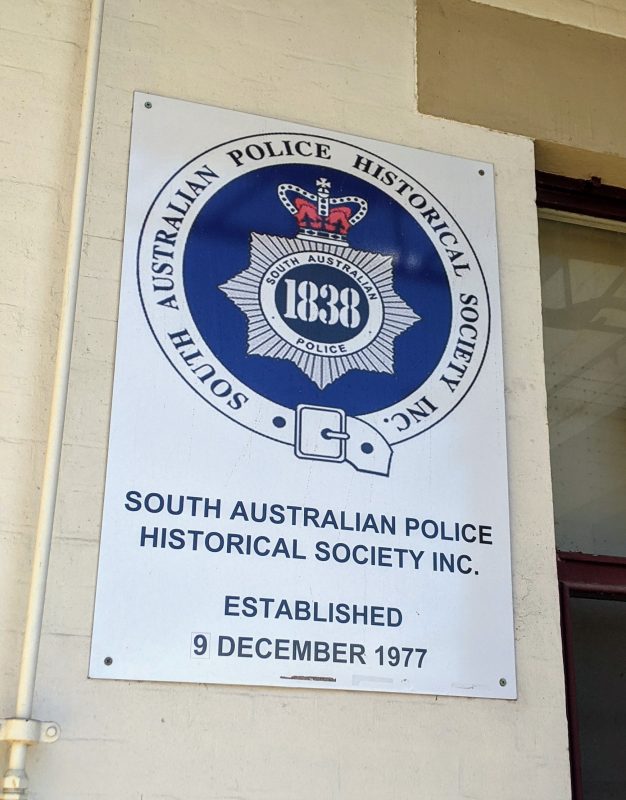
The SA police force is the oldest centrally controlled service in Australia and the third oldest in the world. The galleries do well at communicating SAPOL history, but there’s only so much you can fit on a wall. Our job was to sift through the content and find ways to add richer information for visitors to browse.
A core part of the project was also the question: How has the South Australian police benefitted the South Australian public?
At a minimum, we knew we would be looking at some digital displays. After consultation, we decided on:
- A new website for the Society,
- An interactive map showing the locations of police stations in South Australia and the Northern Territory, and
- 4 digital kiosks in the different galleries.
What are museum kiosks?
A kiosk, especially in a museum gallery, is basically just a touchscreen with extra information. They’re super useful for making the most out of small spaces with limited real estate, and for integrating rich media and interactivity into exhibitions.
The Website
The first step for the project (since COVID shut down physical spaces) was launching a new website for the Society. We built a site that communicated SAPHS’ ideals and mission. We also integrated content that helped communicate history that would eventually become displayed in the galleries.
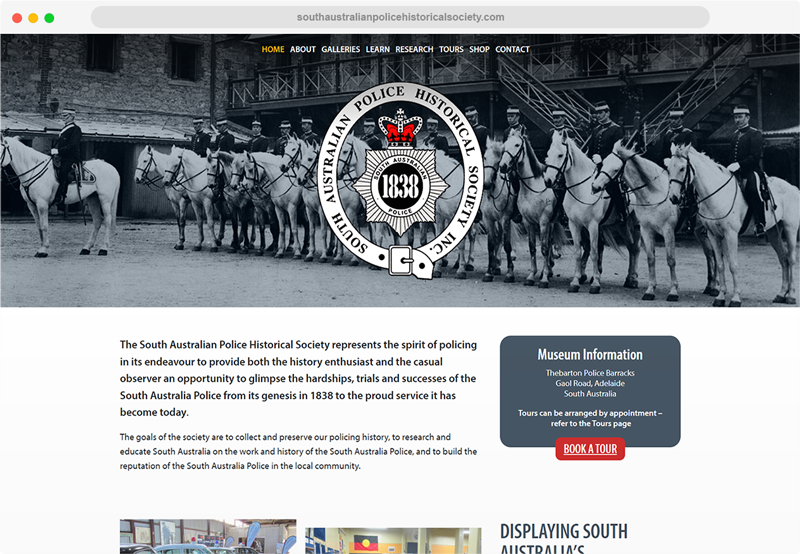
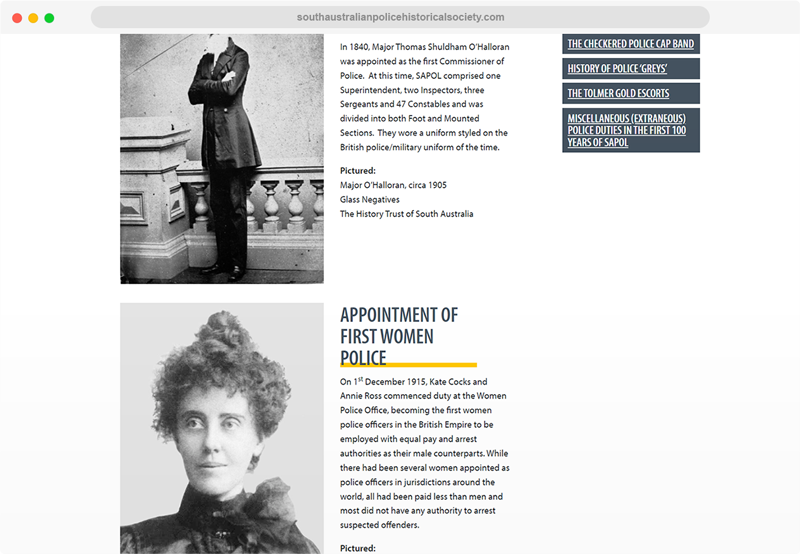
The website launched in March 2021. Since launching, the education pages have been some of the most visited pages. If you want to check it out for yourself, visit southaustralianpolicehistoricalsociety.com.
The Station Map Museum Kiosk
The Station Map display shows every police station across South Australia and the Northern Territory. The Society’s John White literally wrote the book on the subject, so we had a lot to work with.
This interactive display has a map that pinpoints many of the stations, as well as a list of every station. The major problem in putting this museum display together was pinpointing the locations. Thankfully, John was able to braindump the locations onto a stack of maps for me.
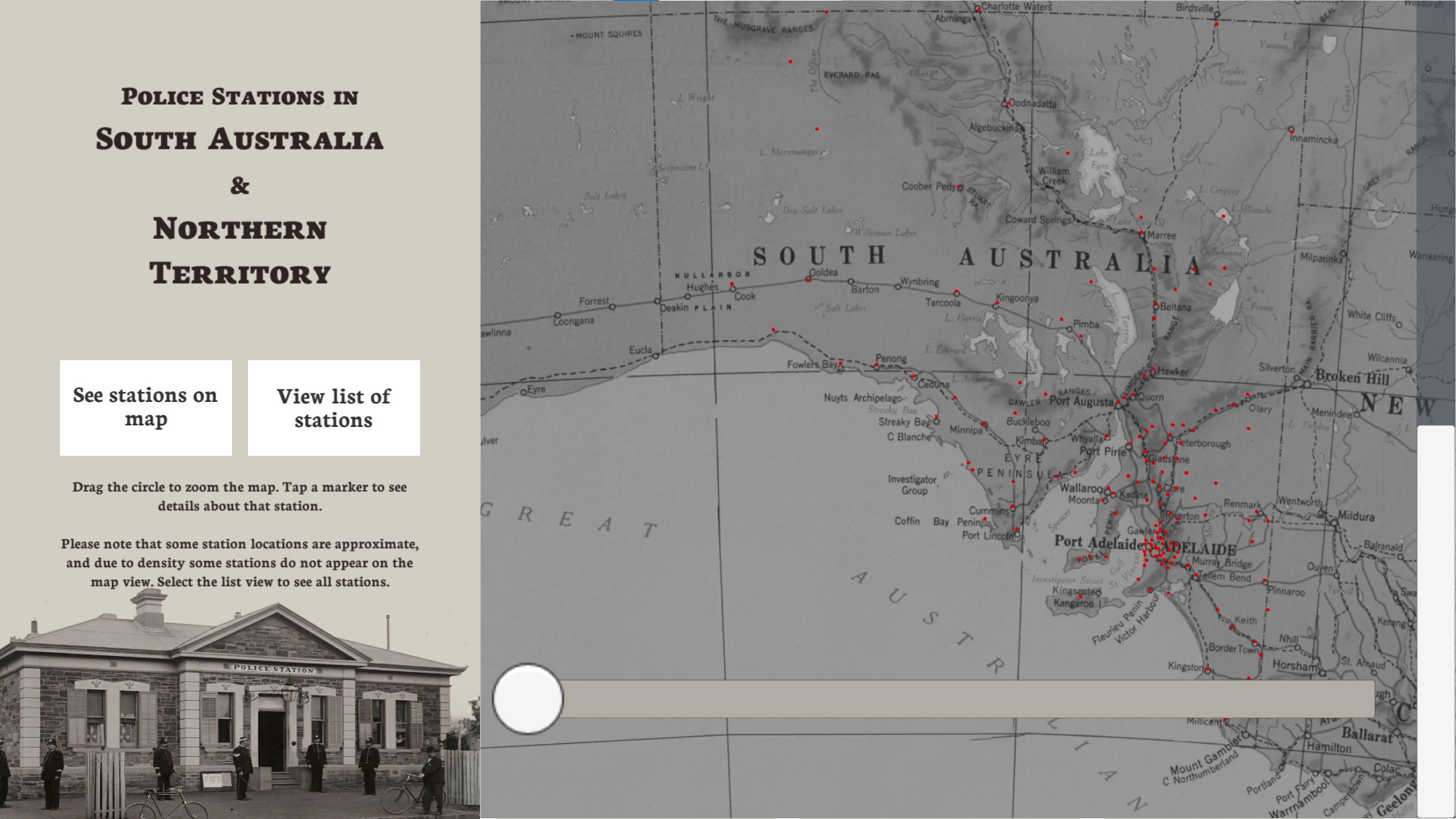

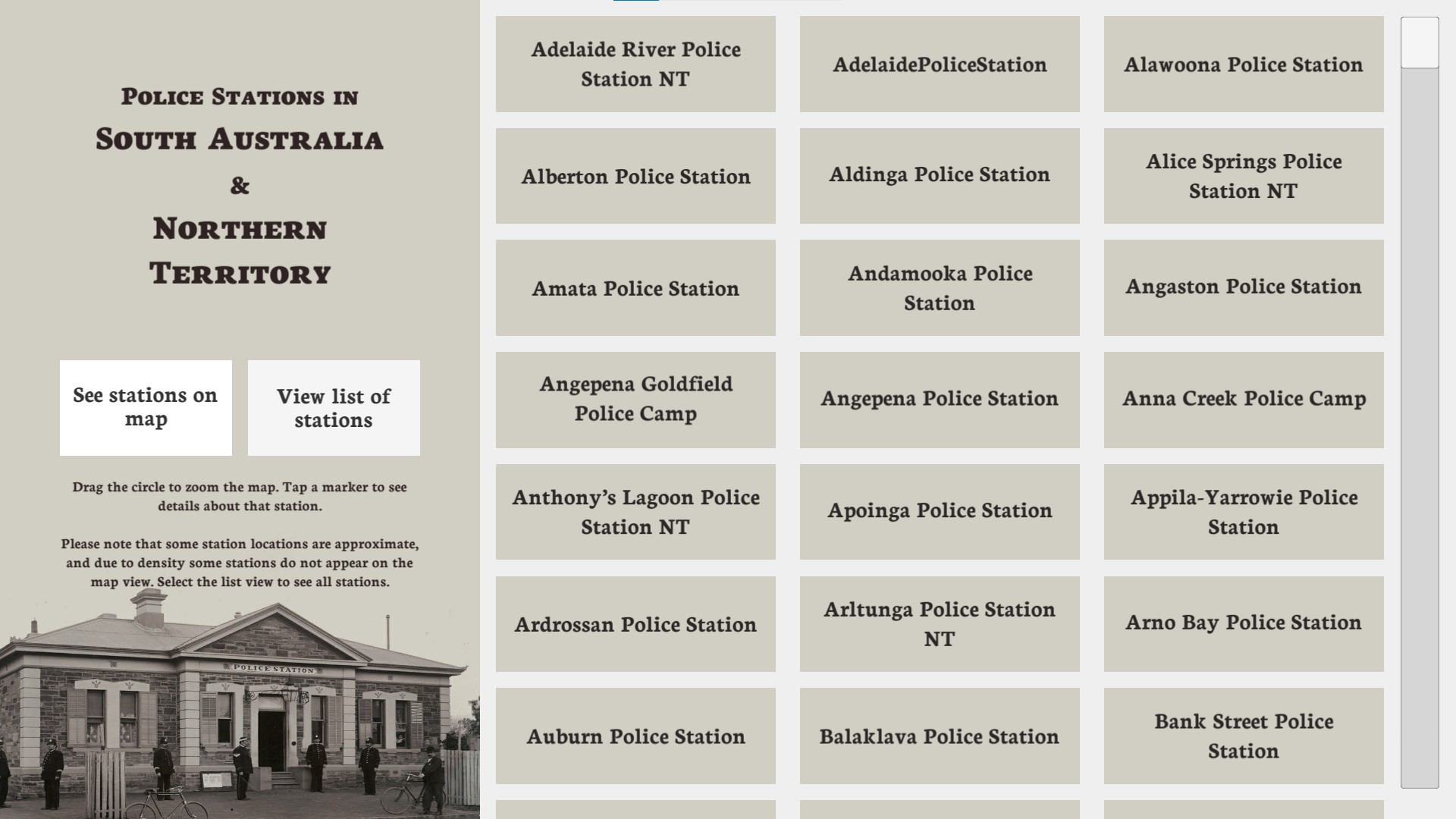
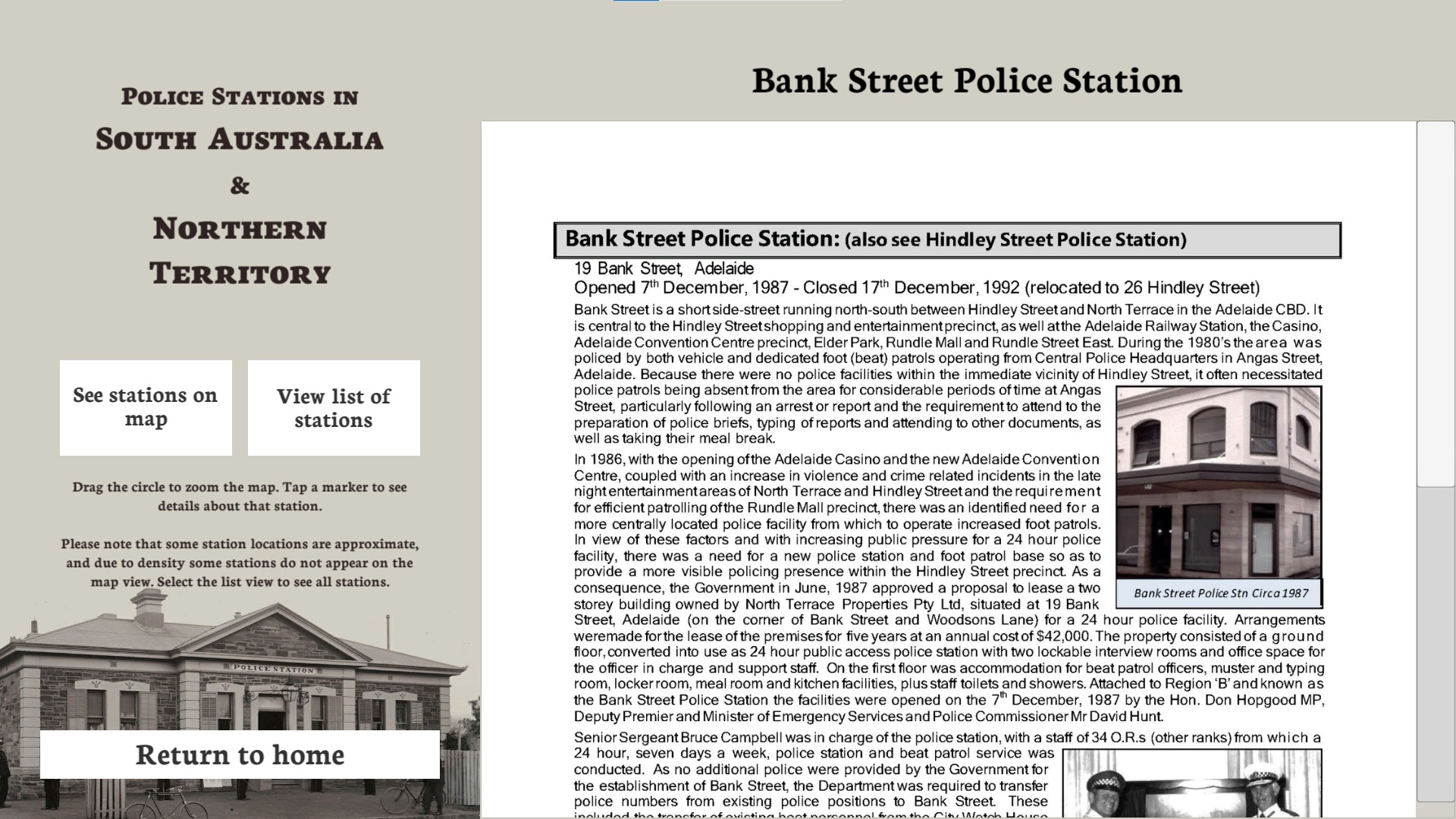
The Museum Kiosks
The remaining kiosks were designed to accentuate the other material in each gallery. The Bruce Furler and Dorothy Pyatt galleries both had large touchscreens installed. For the other two galleries, we used iPads to display the kiosks. These galleries were a lot more limited on space, so the smaller screens were a much better option.
The Bruce Furler Gallery
The Bruce Furler Gallery focuses on police transport. The gallery itself houses lots of historical police cars, bikes, and the glorious Black Maria. The kiosk focused on vehicle profiles, as well as the history of SAPOL’s transport. This covered everything from camels through to station wagons.
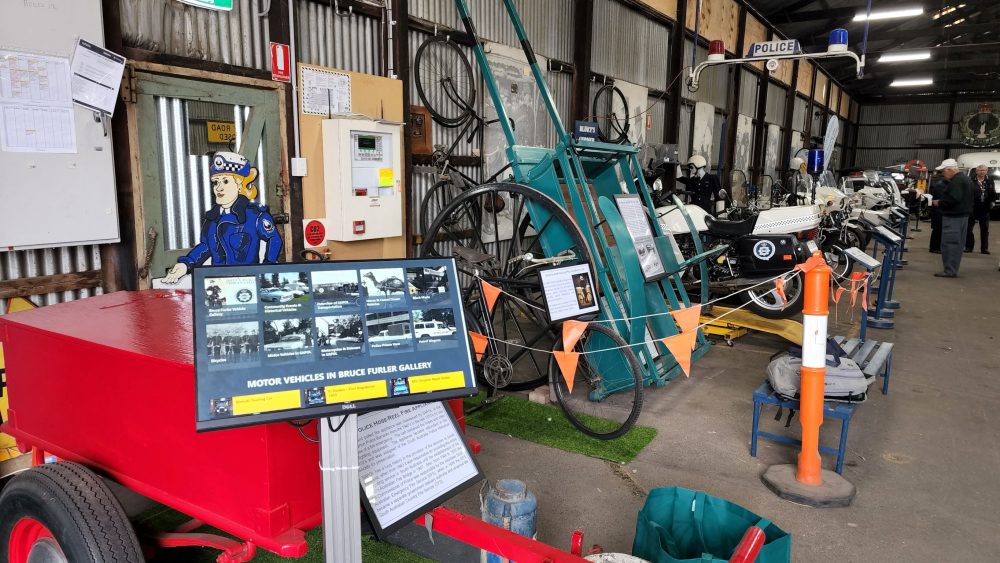
The Dorothy Pyatt Gallery
The kiosk for the Dorothy Pyatt Gallery focuses on police personnel. It houses a digital ‘Wall of Remembrance’, with profiles on fallen police officers from SAPOL’s history. There is also an archive of police commissioners right back to the first sudo-commissioner, Henry Inman.
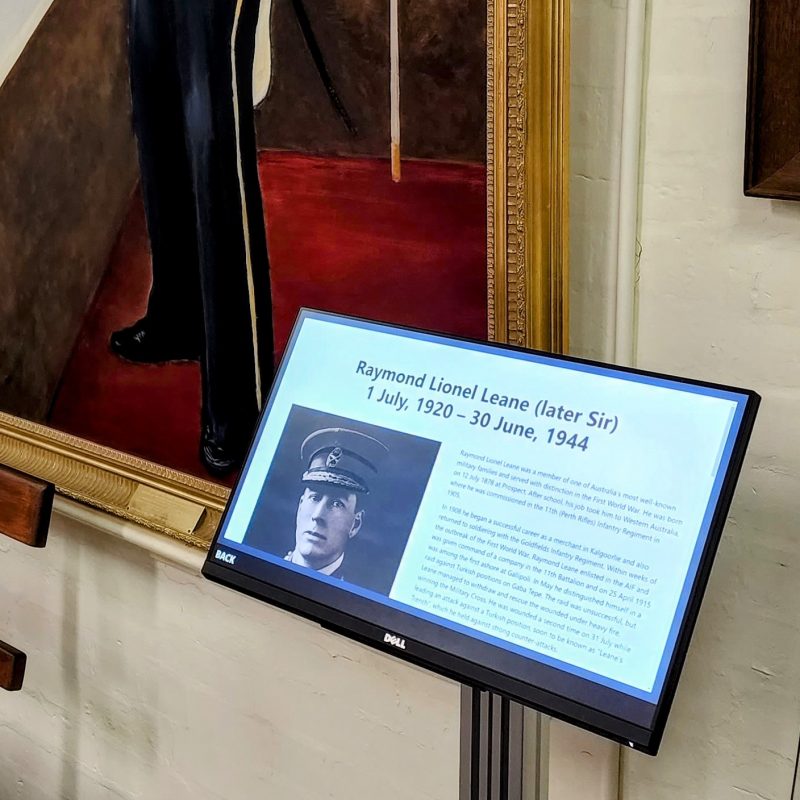
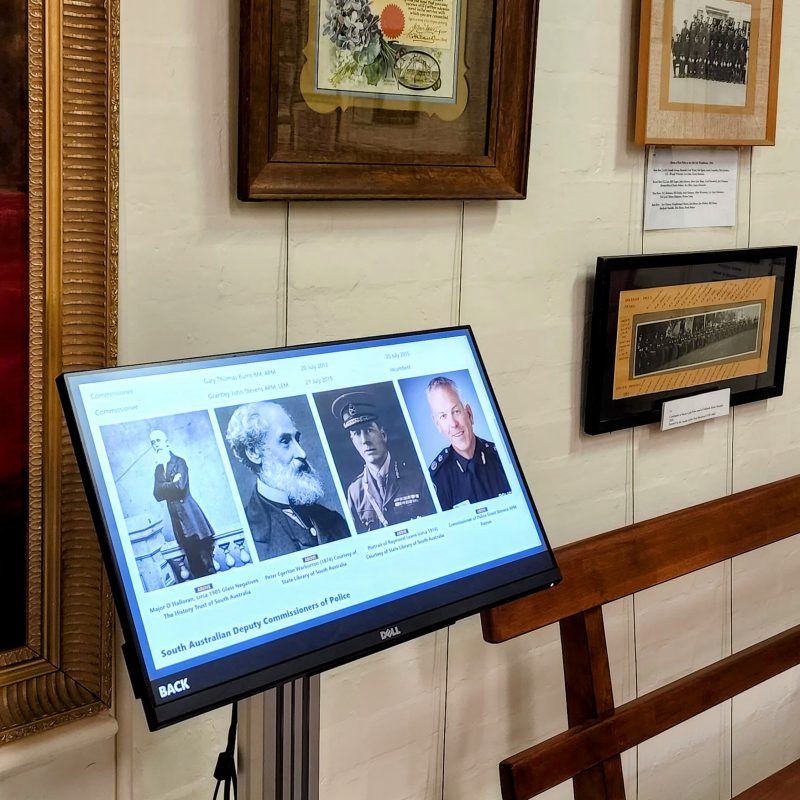
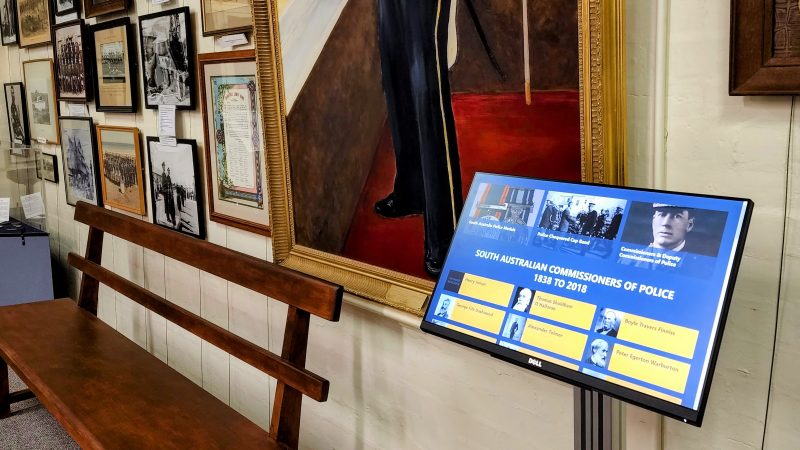
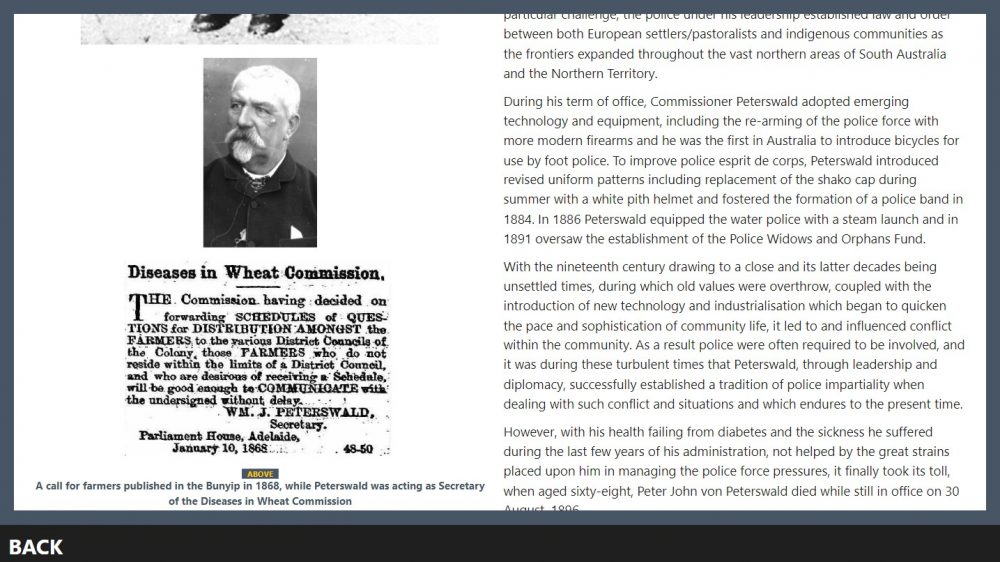
I’m always of the opinion that showing is better than telling, so where possible I also supplemented the commissioner profiles with articles sourced from Trove. It’s one thing to say “Peterswald was also a farmer” and another to show evidence of those activities from the time.
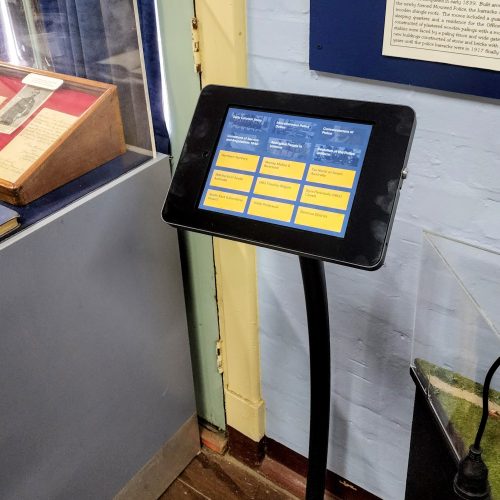
The Bob Potts Gallery
The Bob Potts Gallery kiosk focused on policing the various regions in South Australia, and on the first 100 years of policing.
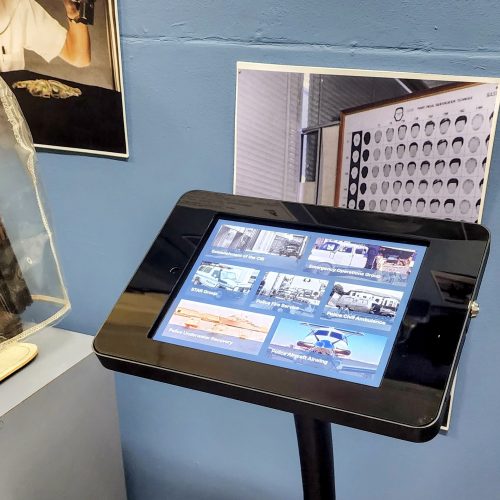
The Robert Clyne Gallery
The Robert Clyne Gallery kiosk focused on the emergency operations group, the Criminal Investigation Branch, and the more varied police activities like water recovery and the airwing.
Installing the museum kiosks
Installation day finally came, so I recruited Adam to help me get everything together and in the galleries. In the end, we had to spread it across two days because of the usual cable fiascos and technical hiccups. Working in between tour groups, and with the awesome help of John and Kym, we got there and the screens are finally in.
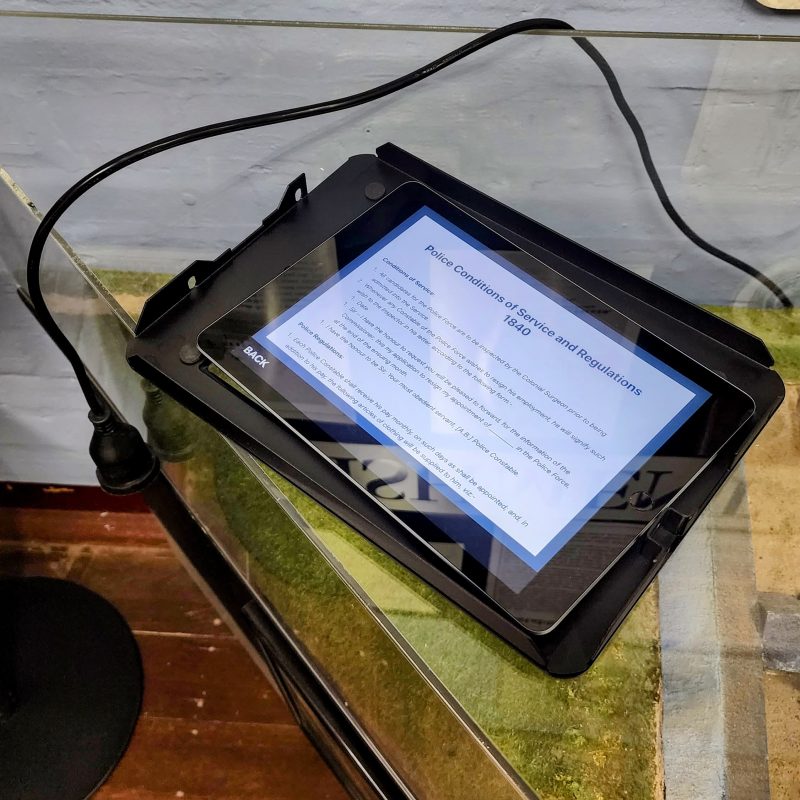

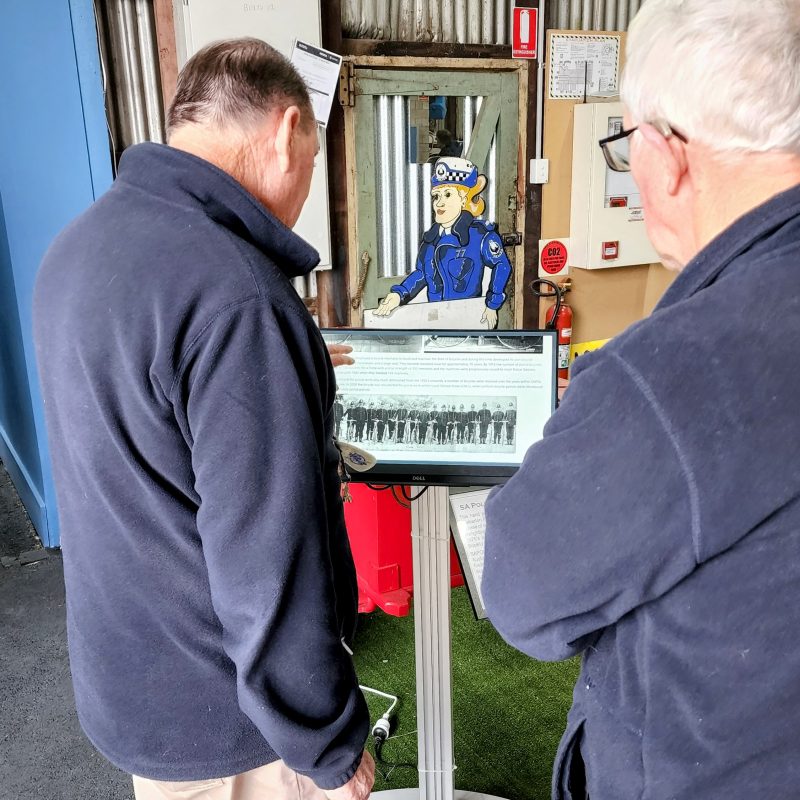
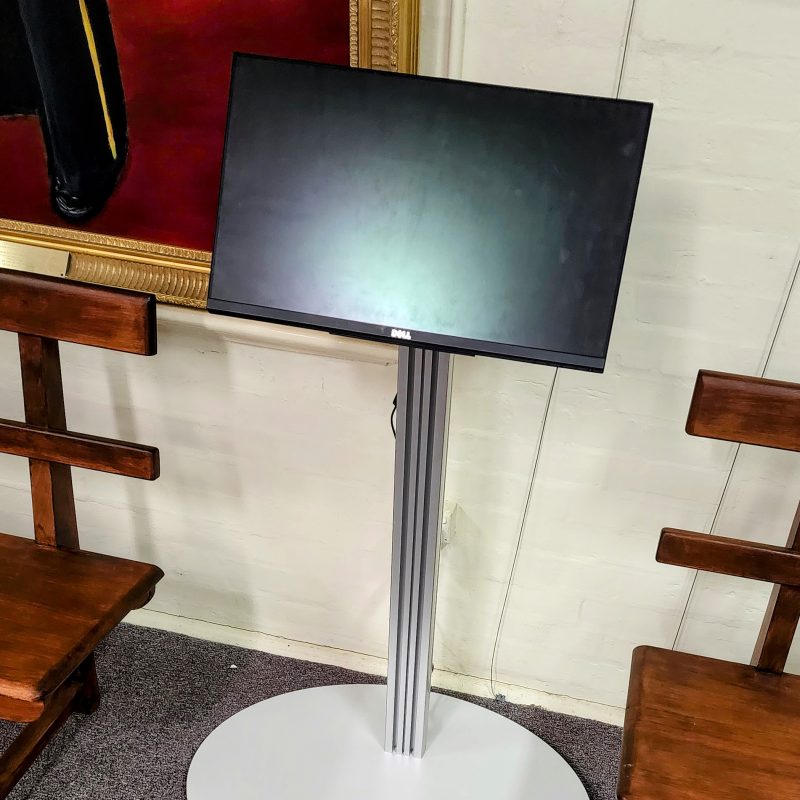
I want to thank Kym and John for being so helpful during the project and especially during the installation. And the History Trust of South Australia for providing the grant to complete the project. And of course Adam for building stands and going up and down those stairs so many times.
If you visit the museum make sure to let me know what you think!


Leave a Reply